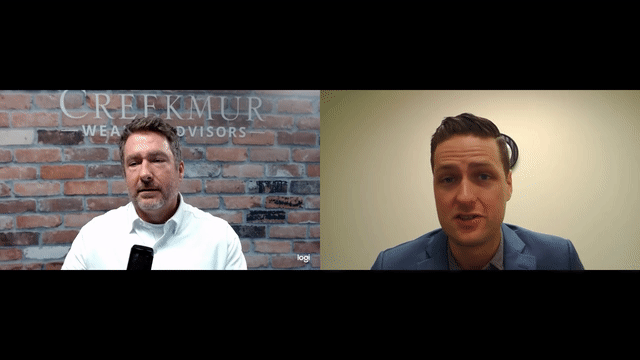Required Minimum Distributions are on for 2021, but some of the rules have changed. Here's what you need to know now.

Protecting your retirement income is a top priority for everyone. Whether you're planning for the future, or already retired, you want to maximize earnings and avoid unnecessary penalties. All of the changes to the Required Minimum Distribution rules over the last few years have made this even more challenging!
In 2020 the minimum age for RMD was raised from 70½ to 72 years old by the SECURE Act. Then the CARES Act waived RMD's altogether for the year, but things are back to the new normal for 2021!
Who is required to take an RMD?
If you have a retirement account (Traditional IRA, 401(k), 403(b), etc.) you are required to take a minimum distribution when you turn 72 years old. If you turn 72 this year, you have until April 1st of the following year to take your first distribution. For those already 72, the deadline is December 31.
If you're approaching 72 years of age, stay tuned. There's talk that Congress will raise the required age to 75 years. For those who are already 72, we would encourage you to not put off planning for this distribution. Should you fail to take out the required amount by the deadline, you could incur a 50% penalty. That means that if your RMD amount is $50,000, you will have a $25,000 penalty and taxes on that amount.
How is the RMD calculated?
All retirement accounts that you own are subject to RMD regardless of the type of investment they are held in. The December 31st value of all retirement assets (brokerage accounts, annuities, bank CD's, etc), your age, and your life expectancy factor are used to determine the amount of your distribution. The IRS has a calculator you can use to determine this. Your financial advisor should be able to assist as well. If you have several retirement accounts you are allowed to take the entire amount from one account.

For more about options to reduce future taxes - Watch Deep Dive: The Coming Tax Storm
What if I don't need or want to take this distribution?
Tax-differed retirement accounts are designed to spread out your income and the taxes that go with it over your retirement years. This means that you received tax savings when you invested these funds, however, the IRS will require you to pay taxes at some point. If you are lucky enough to have other income to cover your expenses during retirement there are a couple of options you could consider for the RMD amounts:
- Reinvest the funds into a taxable investment account. This would give the opportunity for continued growth of these assets.
- You can give up to $100,000 a year in Qualified Charitable Distributions to qualified charity or religious organizations. The QCD is generally excluded from your taxable income making this a good way to be charitable and tax efficient.
I'm not RMD age yet - is there anything I can do now to lower my future RMD's?
We know that taxes are set to increase in 2026 for sure - and perhaps sooner if Congress acts on the initiatives introduced by President Biden. This makes tax planning important for pre-retirees. There are a number of ways that you can reduce future RMD amounts - and the taxes that go along with them. Take a look at these resources for more information about strategies you could consider:
Blog: Why is Tax Planning Important?
Video: The Coming Tax Storm
Whether you are taking your Required Minimum Distributions currently, need to begin this year, or planning for the future we encourage you to discuss the best options for your situation with your trusted advisor. Each individual situation is unique requiring specific application of the ideas discussed above.


